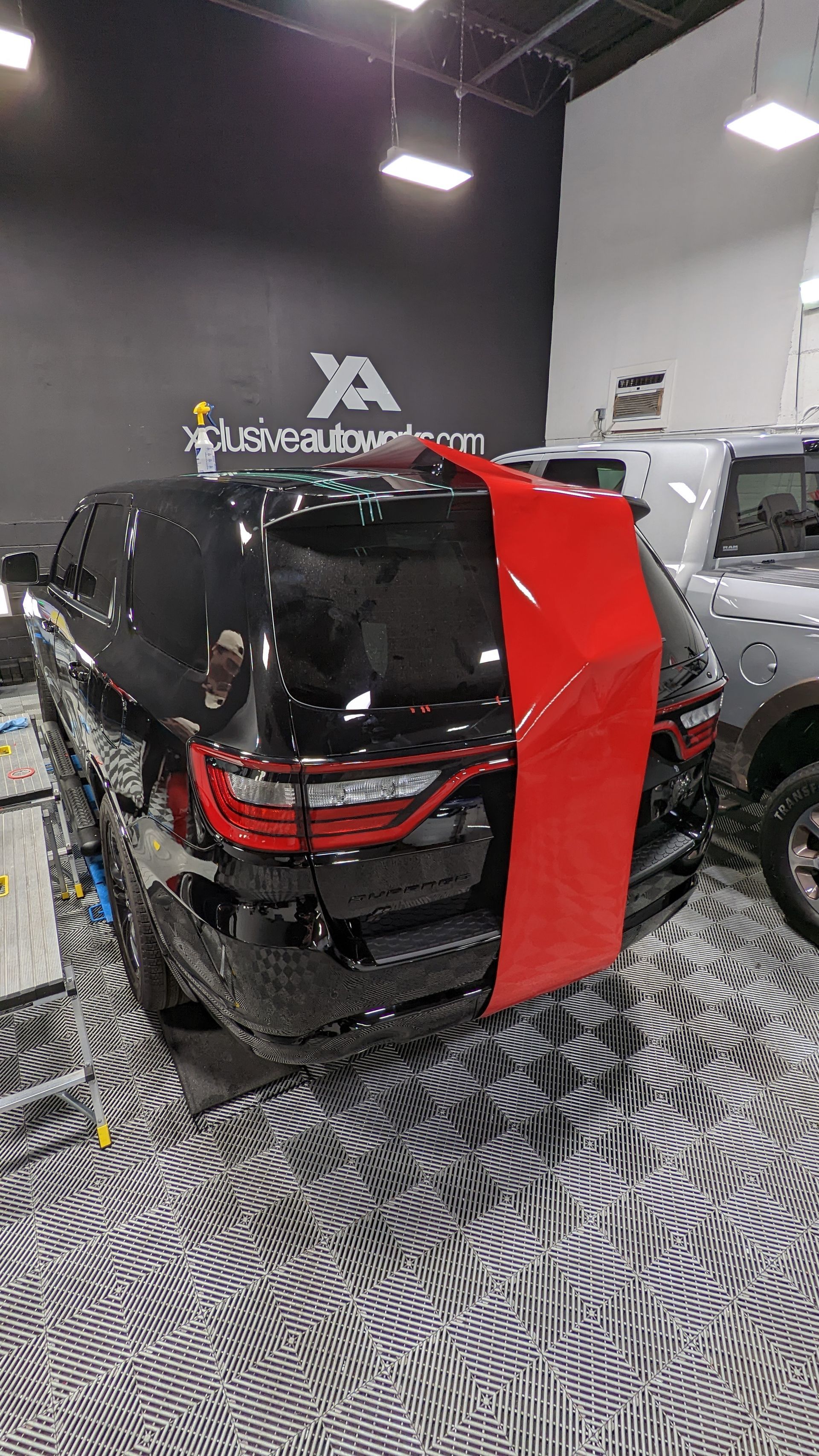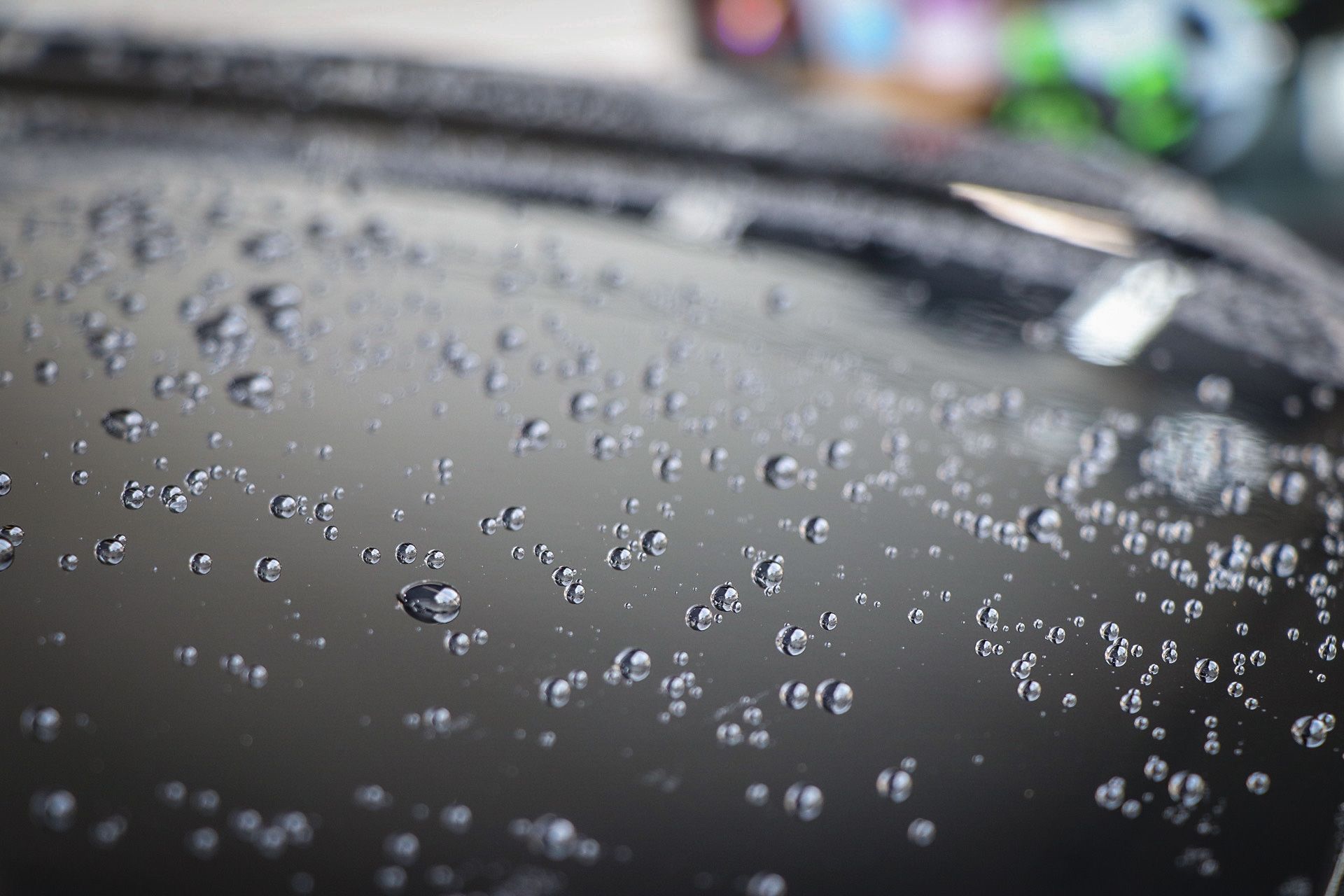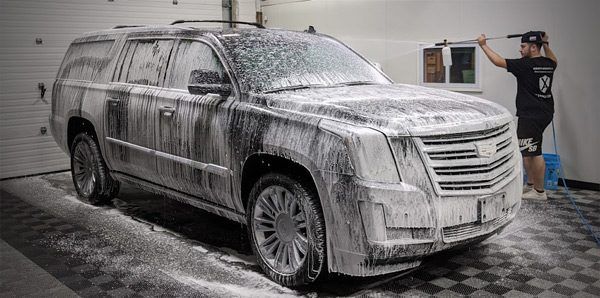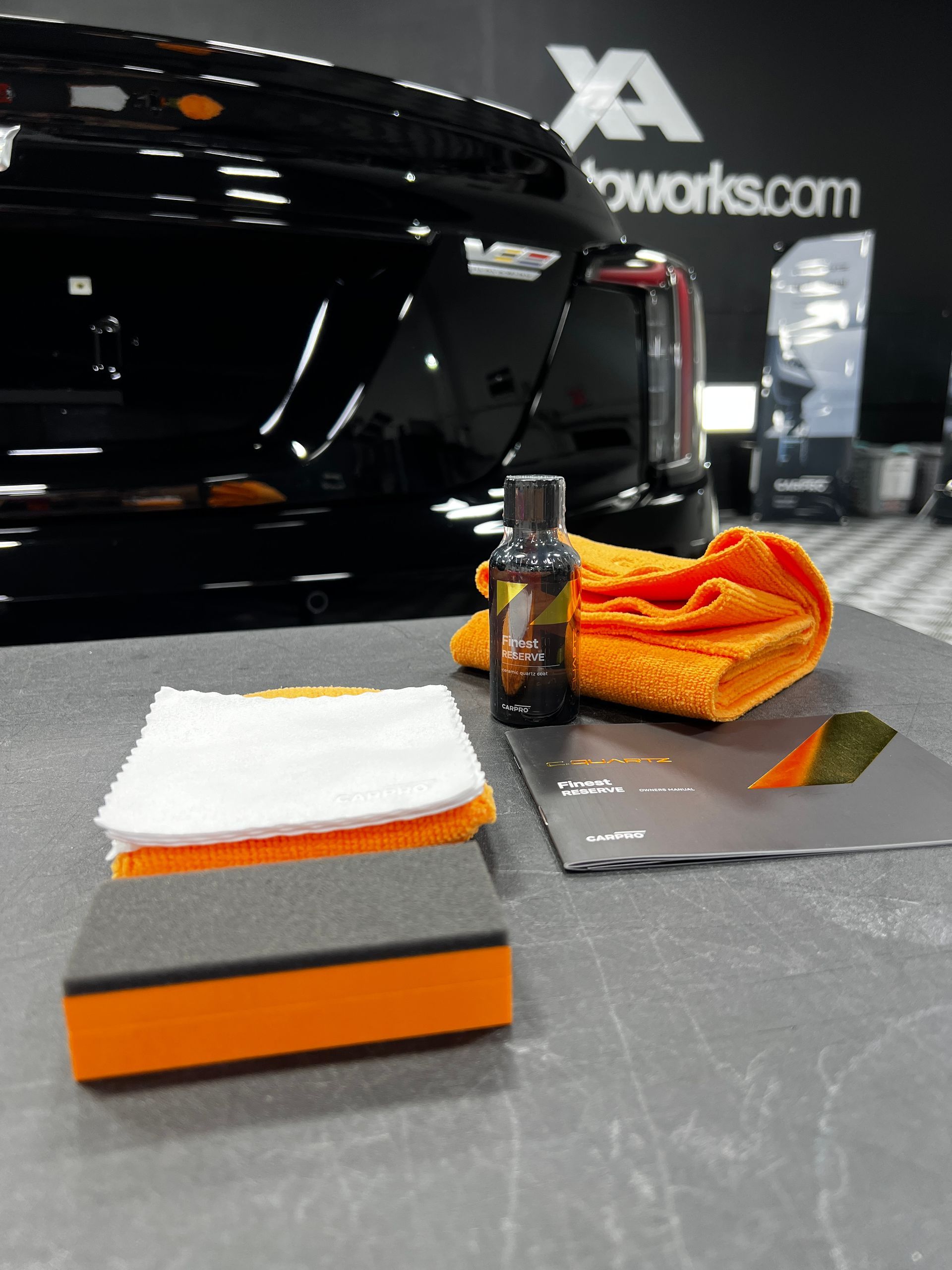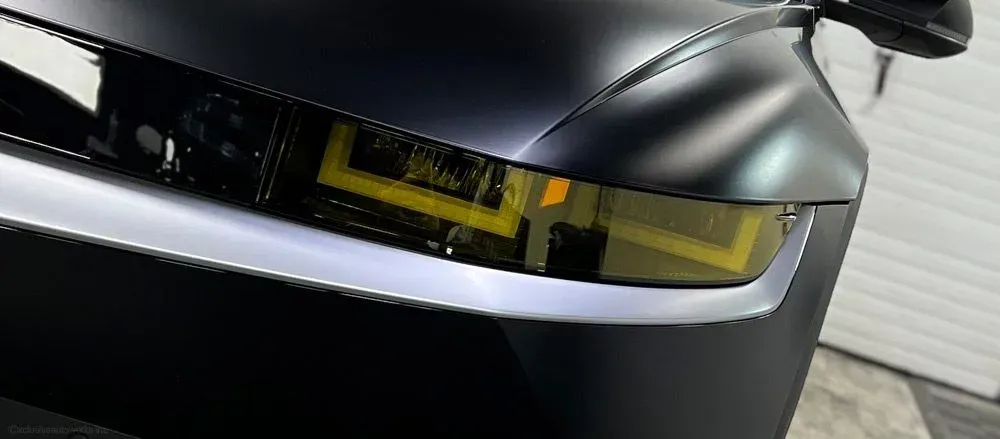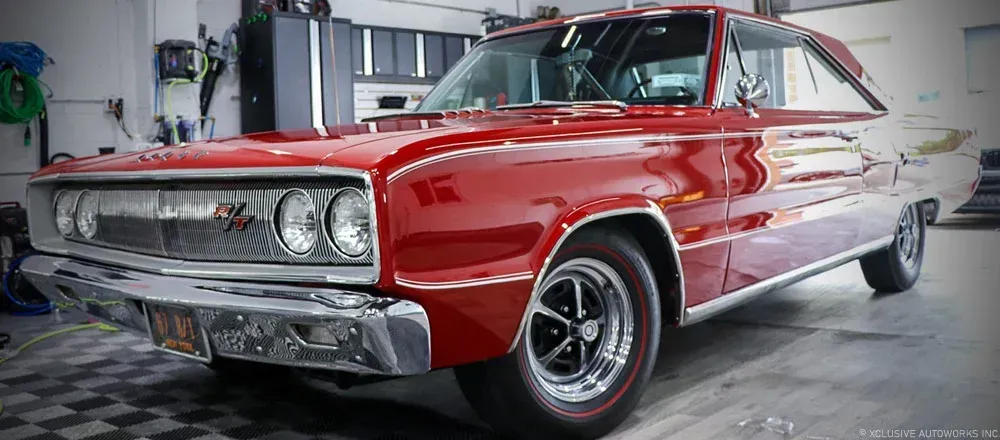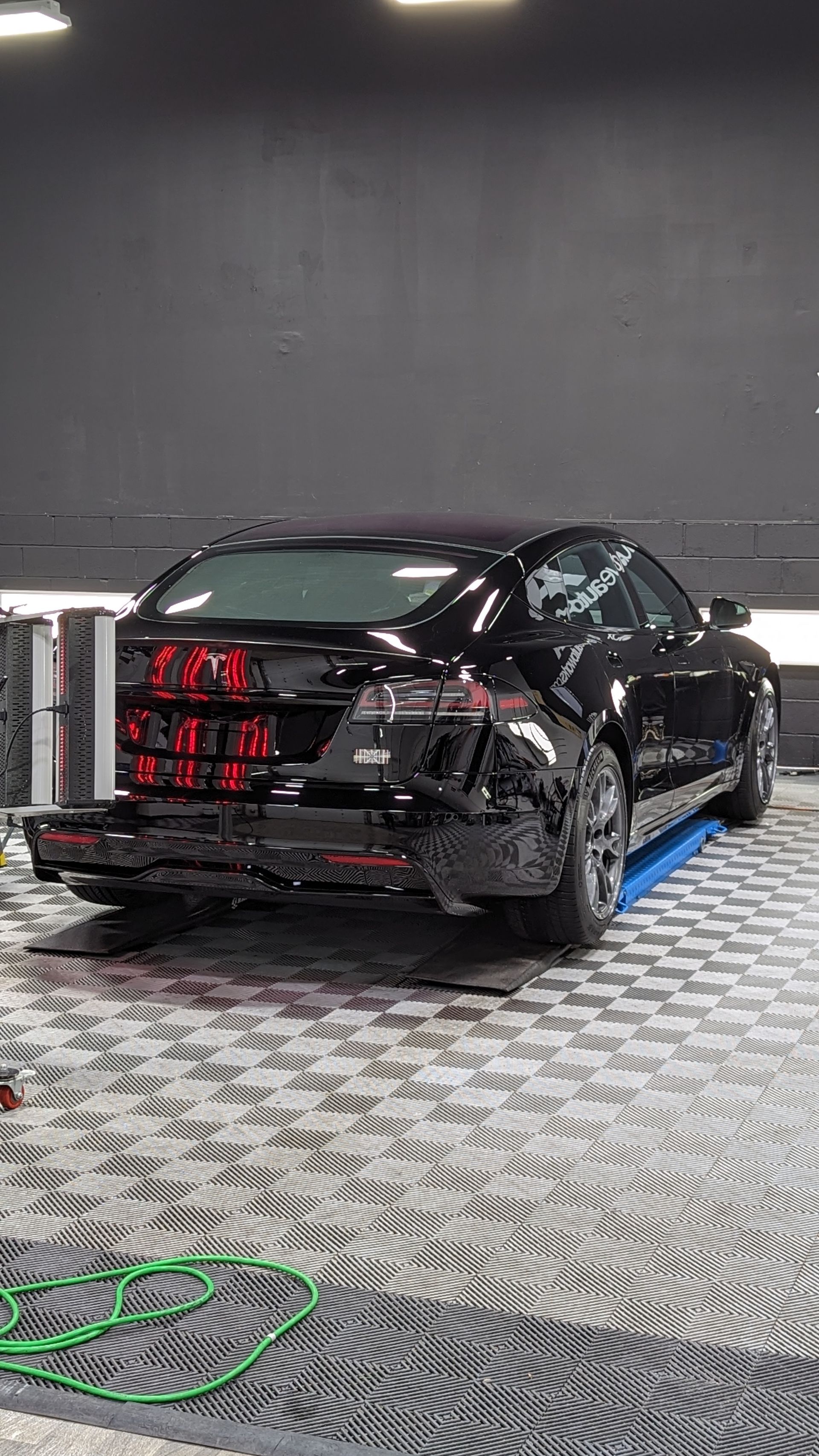Soldering or Crimping Your Electrical Connections
Choosing between soldering or crimping your electrical connections
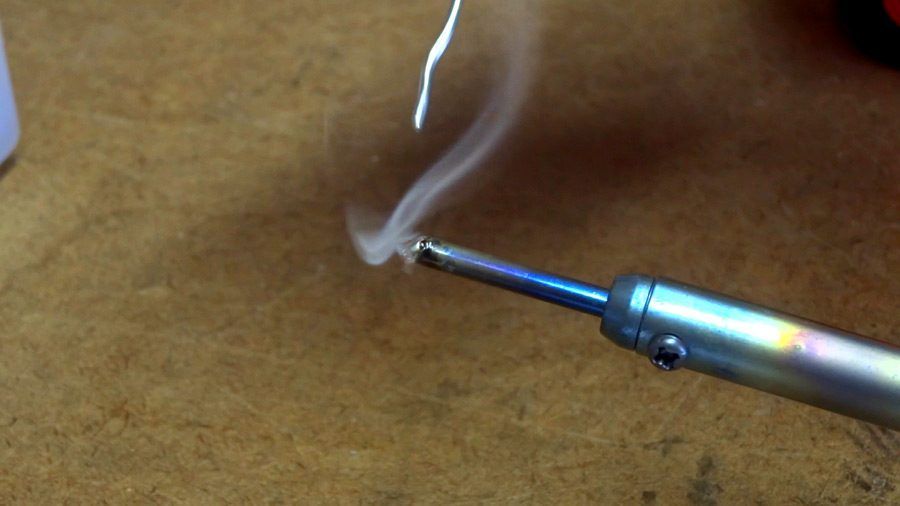
May seem difficult, but in reality, it is very simple. If you cannot get to the wires, use butt crimps. If you can get to the wires, or bring the wires out, use solder and heat shrink. I had some issues with people arguing over what is better (soldering or crimping) and that some can cause errors in sensors, so on, and so forth. The real issue isn’t the actual solder or crimp, it is the user.
Every good electrical connection starts with a good mechanical connection. This is the golden rule. So when you are choosing between solder or crimps, you need to remember that it is the connection, not the connectors. A cold joint is when the connection is a solid, mechanical, or physical connection between the two conductors. This can happen with poor soldering techniques. A cold joint will causes sensor misreadings and throw off your 02 sensor when using solder. And this is where the wives tale began.
In the following video I will show my readings I found while testing the resistance between solder and crimps.
The results were inconclusive showing that bare wire got 0.5 ohms, the wire twisted together got 0.5 ohms, wire with solder got 0.4-5 ohms, and wire with butt crimps got 0.5ohms. Clearly, when done right, all are perfectly good forms of connections.
Tools Used in Demonstration:
- GB 22-16AWG Butt Splice (Crimp) Connectors 100pk
- Radioshack Dual Wattage 15w/30w Soldering Iron
- Gardner Bender GDT-311 3 Function Digital Multimeter
I still prefer solder with heat shrink in terms of aesthetics and long term reliability. If you were to have a proper soldered connection, the wire itself would break under stress before the soldered connection. Later on in the week I will demonstrate how to properly solder a connection along with making a car stereo wiring harness that both looks good and works good.
